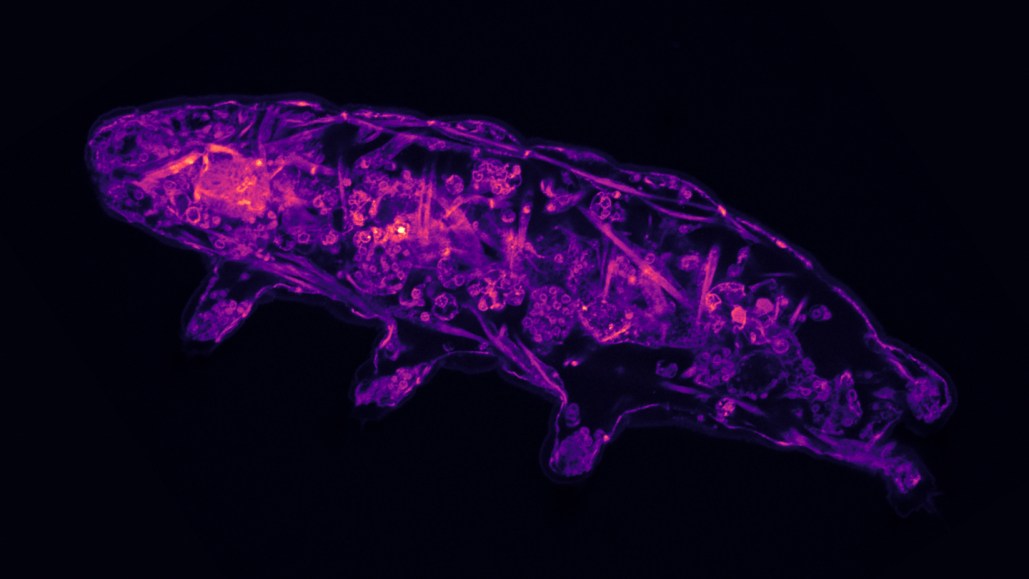How Tardigrades Enter State of Suspended Animation

Scientists have identified a molecular sensor in tardigrades that signals when the creature needs to go into survival mode. Tardigrades, also known as water bears or moss piglets, are virtually indestructible when in their dormant state. They shrivel into a tun, expelling water, calcifying internal elements, and minimizing their metabolic activity, thus enabling them to endure extreme conditions such as dehydration, exposure to space, and Xray radiation (SN: 12/16/15, SN: 7/13/22, SN: 6/2/21).
As stated by Derrick Kolling, a chemist at Marshall University, these organisms are not extremophiles but extremo-tolerant. According to Kolling and his associates, the oxidation changes in the amino acid cysteine incite the tun state in tardigrades. The reversing of the process causes them to emerge from dormancy, as detailed in their report published on January 17 in PLOS One.
Hans Ramløv, a comparative physiologist not participating in the study, claims that this discovery is inspirational and rectifies the common belief that the transformation was due to passive processes; it was indeed active. The findings give insight into water bear biology and other organisms that enter a metabolic stasis. Ramløv points out that the tardigrades' elevated metabolism upon awakening could be due to the active process of repairing oxidative damage. However, how these creatures can cease metabolism, practically die, then jumpstart again remains a mystery.
The experimental project was initiated out of curiosity, according to Kolling. Using an EPR spectrometer, the team noticed elevation of superoxides when tardigrades entered tun state. Superoxides are unstable chemicals that can cause cellular damage but can also act as messengers, indicates chemist Leslie Hicks. Hicks' team collaborated with Kolling's for this project.
The researchers' initial step was to stress the tardigrades with hydrogen peroxide, a strong oxidizing agent. Indeed, the tardigrades entered tun state due to the stress. When the oxidative stress was removed, the tardigrades woke up, confirming that oxidation signals tardigrades to initiate and cease the dormant state, explained Hicks.
Further work led the team to explore cysteine oxidation. They noticed that high levels of salt or sugar, or prevention of cysteine oxidation, could stop tardigrades from entering tun state and surviving freezing – signifying a crucial role of cysteine oxidation in tardigrades' survival tactics.
Finally, having not tested drying, systems biologist Kazuharu Arakawa voiced eagerness to learn whether other such organisms depend on oxidation too, as previous studies have shown the role of oxidation in enabling midges to endure dehydration.




